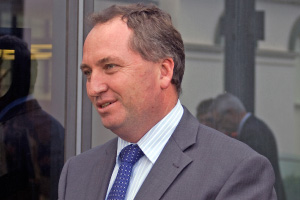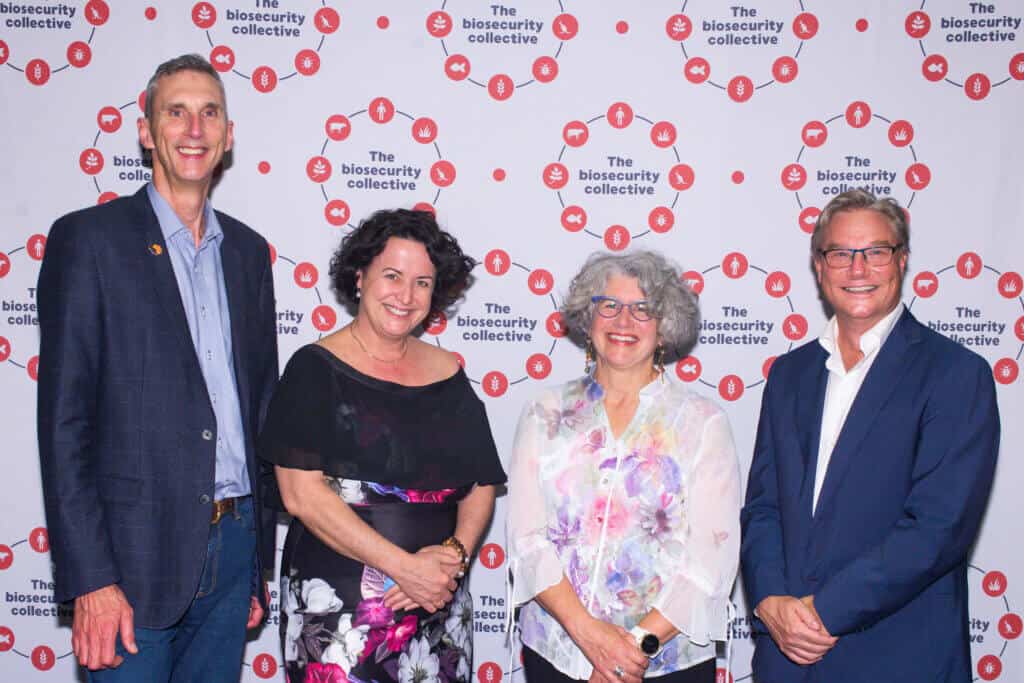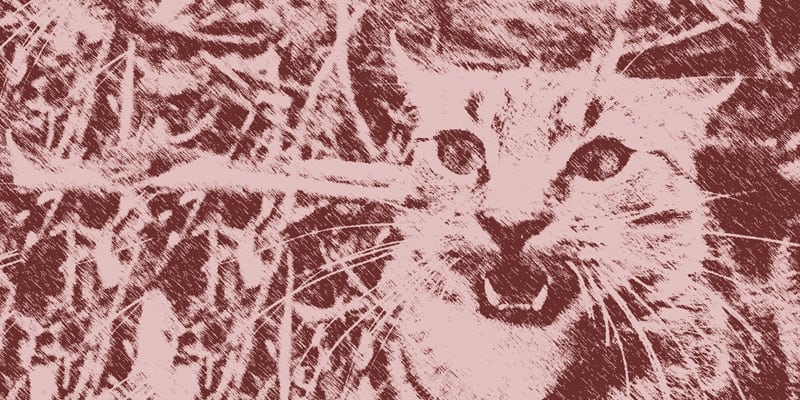
Image by Bidgee – Own work. Licensed under CC BY-SA 3.0 via Wikimedia Commons
With the same fanfare as Labor in 2012, the coalition has just re-introduced the Biosecurity Bill, a rewrite of Australia’s quarantine laws, into Federal Parliament.
A long gestation
The legislation emerged from a major biosecurity inquiry[1] held after the 2008 equine influenza outbreak. The key finding of the inquiry was that much of biosecurity decision-making should be transferred from the agriculture department and minister to an independent biosecurity authority advised by an expert commission.
Too often, we have seen poor biosecurity decisions and poor preparedness due to trade and business pressures or simply disinterest in the case of the environment.
Despite the inquiry’s finding, the Biosecurity Bill advanced by Labor in 2012 maintained the status quo and was criticised by industry and conservation groups as lacking the hallmarks of good biosecurity legislation – independent, transparent and science-based decision making. We were asked to take government on trust that it would rigorously and objectively apply this powerful legislation to safeguard Australia from new pests, weeds and diseases from overseas.
These concerns meant that the legislation was delayed and not passed before the 2013 federal election. The Biosecurity Bill was left to a Coalition government to reintroduce.
The same Biosecurity Bill again
The Liberal/National election platform included a commitment to make quarantine arrangements ‘better integrate science in quarantine decisions to minimise the risk of exotic pest and disease incursions’[2] so we were expecting the Biosecurity Bill to be improved.
Unfortunately, little has changed. While minor technical improvements were made, the 630-page bill is largely the 2012 version except for one key backward step. There is no longer any mention of the proposed Inspector-General of Biosecurity, planned in 2012 as an independent statutory officer to audit government biosecurity performance. The role is likely to continue, but it will rely on the referral of discretionary review powers to be held by the Minister for Agriculture.
The only remaining institutional change recommended by the 2008 inquiry to improve accountability has been quietly dropped.
Some good news for the environment
Before we detail the flaws of the legislation, credit must be given to the former and current governments for improvements that will be achieved by the Biosecurity Bill.
The inclusion of the Convention on Biological Diversity in the bill’s objects provides the direct legal basis for measures to prevent the establishment of invasive species that threaten ecosystems, habitats or species. This results in the environment being more overtly included in quarantine and biosecurity arrangements, despite its implementation by the Minister for Agriculture.
The regulation of ballast water discharges for all incoming shipping is a major advance. Other powers and tools such as control orders and biosecurity zones can be applied for environmental benefit.
Key concerns about the Biosecurity Bill
The Biosecurity Bill has a series of fundamental flaws.
- A flawed decision-making model: As mentioned earlier, the Biosecurity Bill maintains biosecurity functions within the Department of Agriculture rather than establishing an independent statutory authority and commission. Most decisions are to be made by the Director of Biosecurity who is also the Secretary of the Department of Agriculture and has conflicting roles in trade and industry promotion.
- Lack of transparency: Most decisions under the Bill (such as for imports of new species) will be opaque, with no requirement for community consultation, publication of assessments, third party appeal rights or merits review/auditing. Only import applicants will have the legal right for review. Transparency would maximise community value-adding and limit the potential for inappropriate political or commercial influences.
- Environment without an advocate: Whether biosecurity import risk analyses, control orders, biosecurity zones or other biosecurity tools will be applied for environmental priorities will be at the discretion of the Department of Agriculture. There is no legislated involvement of the Environment Minister or Environment Department in environmental decision-making.
- Underrating the community: The Bill fails to give effect to a ‘biosecurity partnership’ with community, and ensure productive involvement in biosecurity policy setting and decision-making. This is likely to perpetuate existing disparities in investment and response capabilities for environmental biosecurity compared to agricultural biosecurity. There is need for a body equivalent to the industry-focused bodies, Plant Health Australia, Animal Health Australia and Wildlife Health Australia, to focus on priorities for environmental biosecurity.
Next steps
The Senate has referred the Biosecurity Bill 2014 to the Rural and regional affairs and transport legislative committee, which will report back on the results of its inquiry by 17 March 2015. Debate on the bill will occur after this date. Submissions to the committee inquiry are due 16 Jan 2015 (check if you need an extension).
More info and action
- More about the Biosecurity Bill 2014 and our submission >>
- Make your own submission (Senate committee info) >>
[1] The 2008 Beale inquiry.
[2] The Coalition’s Policy for a Competitive Agriculture Sector, August 2013.




